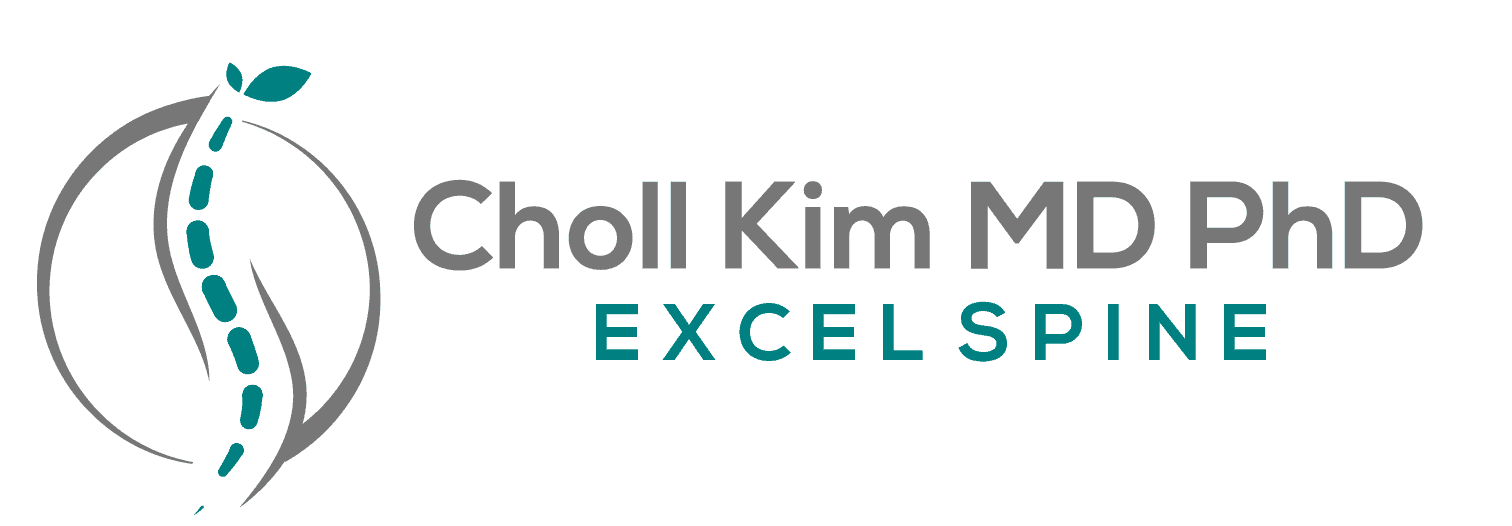What Is an Endoscopic TLIF?
Endoscopic Transforaminal Lumbar Interbody Fusion (Endoscopic TLIF or Endo TLIF) is an advanced, minimally invasive spine surgery that uses an endoscope—a small tube with a camera and light—to perform a spinal fusion through a tiny incision.
The procedure involves removing the damaged disc and placing a spacer (implant) between the vertebrae to restore proper height and relieve pressure on the nerves. The fusion is then supported with screws and rods placed through two additional small incisions.
Unlike traditional fusion surgeries, Endo TLIF is performed through a 1-centimeter incision in the flank and avoids cutting or detaching major stabilizing muscles, such as the multifidus, which are essential for spine strength and posture. Because this technique minimizes disruption to muscles and bones, patients experience less pain, quicker recovery, and a faster return to normal activities.
Why Is Endoscopic TLIF Performed?
Endoscopic TLIF is performed when trauma, degeneration, or instability in the lumbar spine causes:
- Severe low back pain
- Nerve compression
- Sciatica or radiating leg pain
- Disc collapse or herniation
- Spondylolisthesis (vertebra slipping out of place)
The procedure is designed to stabilize the spine, relieve nerve pressure, and eliminate abnormal motion between vertebrae—all while preserving as much natural anatomy as possible.
How Is Endoscopic TLIF Different from Traditional Lumbar Fusions?
There are three main types of lumbar fusions: open fusion, minimally invasive fusion (MIS TLIF), and Endoscopic TLIF.
- Open Lumbar Fusion: Involves a long midline incision and detachment of muscles from the spine, which often leads to more pain, longer recovery, and more structural disruption.
- Traditional MIS TLIF: Performed through small incisions using a tubular retractor. Muscles are separated—not cut—but the surgical window is still about 1 inch in diameter.
- Endoscopic TLIF: Uses a 1 cm incision and enters the spine through a natural opening called the neuroforamen. This approach requires minimal tissue or bone disruption, uses muscle-sparing techniques, and results in a faster, less painful recovery.
What About Lasers?
Endoscopic TLIF often incorporates a laser and radiofrequency probe to vaporize or shrink tissue, remove damaged disc material, and control bleeding. These tools help maintain a clear surgical field and contribute to the precision of the procedure while minimizing trauma to surrounding structures.
How Do You Prepare for an Endoscopic TLIF?
Preparation typically includes:
- Imaging studies such as MRI or CT to plan the procedure
- A review of your medical history and medications
- Temporary discontinuation of certain medications, such as blood thinners
- Pre-surgery fasting instructions
- Smoking cessation, as smoking may interfere with bone healing
- Planning for time off work and arranging help during the first few days of recovery
You will receive detailed pre-operative instructions to ensure a smooth experience and recovery.
What Can You Expect During an Endoscopic TLIF?
The procedure is performed under general anesthesia. A small incision is made in the flank (side of the back), and a thin tube (endoscope) is used to access the disc through a natural corridor in the spine. The damaged disc is removed, and a spacer is placed between the vertebrae to restore height and alignment.
Through two additional small incisions, screws and rods are inserted to support the fusion. The endoscope provides high-definition, real-time visuals, allowing for precise and safe navigation around nerves and tissues.
Most patients are up and walking within hours and may go home the same day or after a short overnight stay.
What Is the Recovery Like After an Endoscopic TLIF?
Recovery after Endo TLIF is typically quicker and less painful than traditional fusion procedures.
Walking and Movement
Patients are encouraged to walk the same day as surgery. Gradually increasing walking distance each day helps build strength and reduce stiffness.
Eating
Start with soft foods and liquids. As swallowing improves, transition back to a regular diet as tolerated. Sometimes there is irritation to the throat from intubation from anesthesia.
Showering and Incision Care
You may shower with the dressing for the first 3 days. After that, you can shower with the incision uncovered. Avoid soaking in baths or pools for at least 6 weeks.
Return to Work
- Sedentary jobs: 2–4 weeks
- Physically demanding jobs: 2–3 months A phased return with light duties is typically recommended before resuming full activities.
Physical Therapy
Physical therapy usually begins 3–4 weeks after surgery and focuses on core strengthening, posture training, and gradual return to movement.
Recreational Activities
Most patients can begin slowly reintroducing low-impact activities within 1–2 months after surgery, under the guidance of their surgeon and physical therapist.
What Are the Potential Risks of Endoscopic TLIF?
While Endoscopic TLIF is safe and effective, as with any surgery, there are potential risks. These may include:
- Infection
- Bleeding
- Nerve injury
- Hardware issues
- Nonunion (failure of the bone to fuse)
- Persistent or recurring pain
Your surgical team will use advanced technology and monitoring techniques to minimize risks and ensure your safety.
Are There Related Procedures to Endoscopic TLIF?
Yes. Other related procedures include:
- MIS TLIF (Minimally Invasive TLIF) – performed through 2 1-inch incisions that also avoids cutting muscles
- ALIF (Anterior Lumbar Interbody Fusion) – performed through the front of the body
- XLIF (Extreme Lateral Interbody Fusion) – performed from the side, often for larger deformities
- Endoscopic discectomy – for disc removal without fusion
- Spinal decompression – for patients who don’t need fusion but have nerve compression
Your surgeon will help determine which approach is best based on your spine condition and overall goals.
Key Takeaways About Endoscopic TLIF
- Endoscopic TLIF is one of the least invasive lumbar fusion options available today.
- It is performed through tiny incisions with minimal muscle or bone disruption.
- The approach uses natural openings in the spine, resulting in less pain and faster recovery.
- A laser and radiofrequency probe may be used to enhance precision and reduce tissue trauma.
- Most patients walk the same day and return to daily activities faster than with traditional fusion.
Next Steps
If you’re suffering from chronic back pain, nerve symptoms, or spinal instability and conservative treatments haven’t worked, Endoscopic TLIF may be an excellent option. Speak with your spine specialist to see if you’re a candidate for this cutting-edge, minimally invasive solution that promotes a faster return to the life you love.

